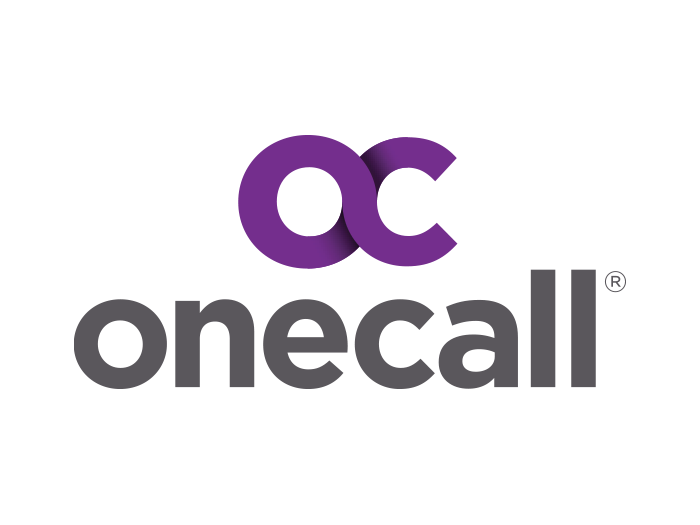How AI and Value-Based Care Are Reshaping Workers’ Compensation
The landscape of workers’ compensation is evolving, driven in part by a growing emphasis on technology and smarter claims management. As workers’ compensation programs increasingly address both the physical and psychological aspects of injury, advancements in Artificial Intelligence (AI), automation, and value-based care are playing a pivotal role in reshaping how claims are handled. These innovations are enabling smarter, faster, and more cost-effective claims management, particularly for complex cases.
As the industry evolves, it’s becoming clear that new strategies are required to manage both physical and mental health claims effectively. Technology, particularly AI-driven solutions, is improving claims outcomes by allowing for more efficient identification, triage, and management of cases. Meanwhile, value-based care models, which emphasize outcomes over volume, are also gaining traction as a solution to the challenges workers’ compensation faces. This article explores how AI, automation, and value-based care are transforming workers’ compensation and improving the delivery of care for injured workers.
AI is increasingly being used in early triage to identify high-risk cases, flag patterns in claims data, and stratify severity. This allows claims professionals to prioritize interventions more effectively. While AI-driven sentiment analysis is still emerging, tools that assess risk and treatment trajectories are already improving how quickly and appropriately care is delivered. By using predictive analytics, AI enables claims managers to identify potential complications or delays early, which leads to faster, more focused interventions.
In addition to AI’s role, value-based care has been gaining traction as an alternative to the traditional fee-for-service model. Unlike the traditional model, where providers are paid based on the volume of services rendered, value-based care focuses on the outcomes and effectiveness of care. This model rewards providers for achieving better health outcomes and improving efficiency. This approach not only encourages better recovery outcomes but also reduces the costs associated with unnecessary or excessive treatments.
Value-based care is particularly advantageous for workers’ compensation, especially when dealing with claims that require extended treatment and coordination of care. Mental health claims, for instance, often involve long-term care and require coordination between multiple providers. By shifting the focus to outcomes rather than the volume of services, value-based care ensures that recovery is prioritized and managed more efficiently. This shift aligns with the growing emphasis on holistic recovery within the workers’ compensation space, where both the physical injury and the mental health impact are treated as equally important.
The integration of technology with value-based care also supports better communication among providers, claims managers, and injured workers. AI tools, for example, can help identify which providers are most effective in delivering quality outcomes and ensure that treatment plans are cost-effective while tailored to the individual worker’s needs. Additionally, automation reduces administrative burdens, allowing healthcare providers to focus on direct care. This fosters a more efficient and human-centered approach to treatment, promoting improved recovery outcomes.
Risk Management Takeaway:
- Invest in AI tools that support early triage and predictive analytics. These tools allow for faster identification of complex claims, ensuring that resources are directed to the right cases at the right time. By identifying potential risks early, this enhances overall claims efficiency and improves recovery outcomes.
- Shift provider relationships toward value-based care agreements. By encouraging outcome-driven contracts, employers can improve recovery rates and achieve better long-term claim results. This aligns clinical and financial incentives for sustainable care and encourages providers to focus on the quality of care rather than the volume of services provided.
- Utilize automation to minimize administrative burdens on providers and enhance communication among stakeholders. This reduces provider fatigue and promotes better coordination of care. As a result, workers receive timely and effective treatment, contributing to more sustainable care delivery. &










